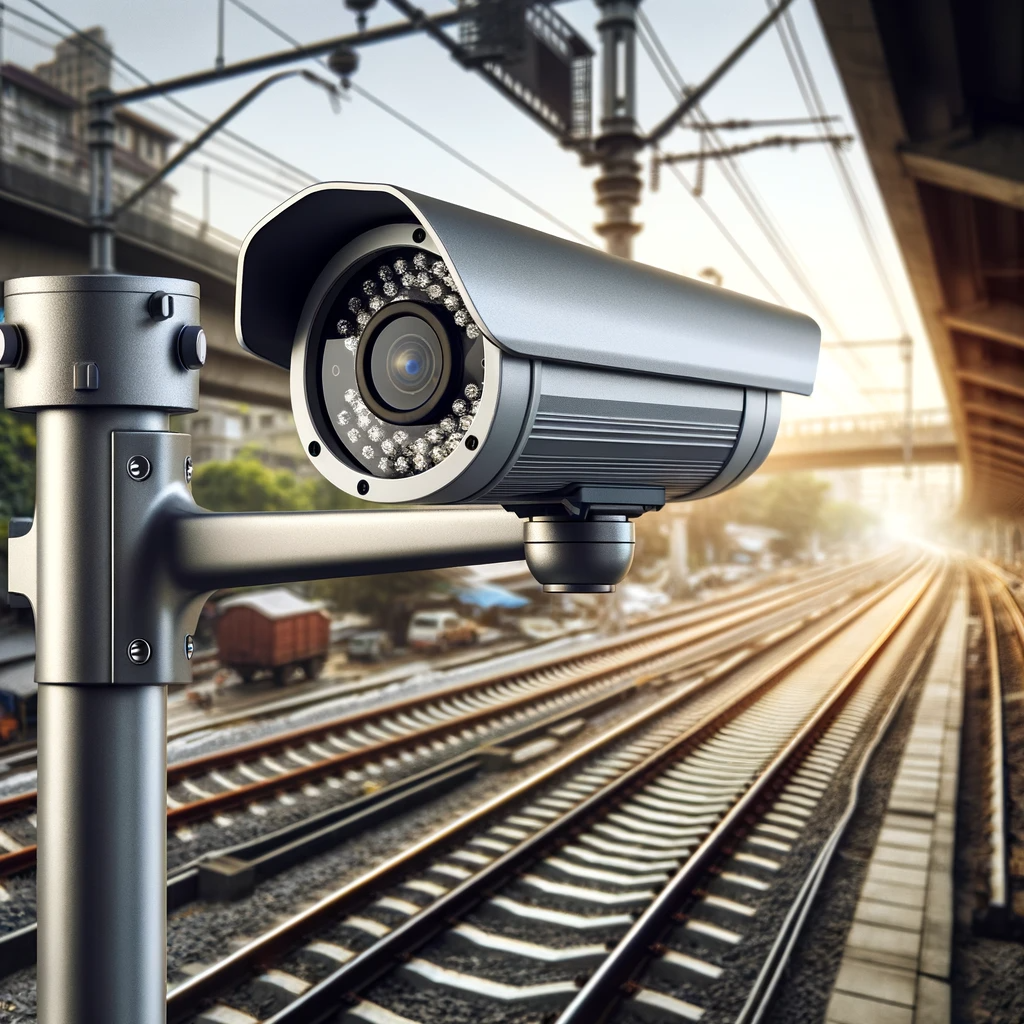Introduction: Railway trespassing in the UK has long been a matter of serious concern, posing risks to both the trespassers and the public, and causing disruptions to services. A striking example of this issue was the incident that occurred on January 4th, 2024, between Stratford International and London St Pancras International. This event not only disrupted rail services but also highlighted significant safety and security concerns. This blog aims to dissect the incident, explore its underlying causes, and discuss strategies to prevent such occurrences in the future.

Background of the Incident:
“Incident Details: Early on the morning of January 4th, a significant disruption unfolded on the UK’s railway network. The stretch of rail between Stratford International and London St Pancras International, known for its busy traffic, experienced an unexpected shutdown. The cause was an individual who had unlawfully accessed the railway tracks, a breach of security that immediately triggered a halt in operations. This interruption led to extensive delays and numerous train cancellations, severely impacting the travel plans of countless commuters who rely on this vital transit route each day. The location of the incident, a key artery in the railway system, meant that its effects were not confined to just this section. Instead, it caused a cascading impact, disrupting the schedule and flow of trains across various interconnected lines. This ripple effect throughout the network underscored the vulnerability of such critical infrastructure to individual actions and the far-reaching consequences of security lapses in such high-traffic areas.”
Issues Highlighted by the Incident: The incident brought to the forefront several critical issues. Firstly, the safety risks associated with trespassing on railway lines are immense, not just for the trespasser but also for train operators and passengers. Secondly, the operational disruptions caused by such incidents have far-reaching economic implications. The cost of delays, rerouting, and potential damage to infrastructure can be substantial. Furthermore, the incident caused considerable inconvenience to commuters, showcasing how a single act of trespass can have widespread public implications.
Possible Reasons Behind the Incident: Determining the exact motive or cause behind this specific trespassing incident is challenging without official reports, which are often released after thorough investigations. However, general patterns in railway trespassing point to a range of potential causes. These can include acts of vandalism, protest activities, or sheer negligence or ignorance of the dangers involved. Broader social issues such as mental health problems, socio-economic factors, and even thrill-seeking behavior can also contribute to such incidents. A comprehensive understanding often requires an analysis of wider societal issues.
Precautionary Measures: To prevent such incidents, several measures can be taken by railway authorities and the public. Enhanced surveillance, including CCTV and motion sensor technology, can serve as a deterrent and aid in the early detection of trespassers. Improving physical barriers such as fencing and implementing regular security patrols are also effective strategies. Public awareness campaigns are crucial in educating people about the dangers and legal ramifications of trespassing on railway lines. Such campaigns could include the distribution of educational materials and collaboration with schools and community groups. Technological innovations, such as AI surveillance systems, offer advanced solutions for monitoring and securing railway lines.
Role of SIA-Certified Personnel in Preventing Railway Trespassing Incidents: The involvement of personnel certified by the Security Industry Authority (SIA) is crucial in mitigating and preventing trespassing incidents on railway properties. SIA certification ensures that security professionals are not only trained in general security measures but also understand the specific challenges and legal aspects of securing critical infrastructure like railways. Here’s how they can contribute:
- Vigilance and Quick Response: SIA-certified security officers are trained to be vigilant and responsive. Stationed at critical points like railway stations or near vulnerable stretches of tracks, they can quickly identify and respond to potential trespassing incidents, thus averting potential dangers.
- Public Education and Engagement: These professionals can act as frontline educators for the public. By engaging with passengers and community members, they can inform them about the dangers of trespassing and the importance of adhering to safety regulations. This proactive approach in education can significantly reduce the number of trespassing incidents.
- Collaboration with Law Enforcement: SIA-certified personnel can serve as valuable partners to law enforcement agencies like the British Transport Police. By sharing information and collaborating on surveillance and patrolling, they can create a more secure and well-monitored railway environment.
- Implementing Preventative Strategies: Armed with their training and understanding of security best practices, SIA-certified officers can help railway authorities in implementing effective preventative strategies. This might include regular security audits, identifying and securing high-risk areas, and suggesting improvements in physical barriers or surveillance technology.
- Emergency Preparedness and Crisis Management: In the event of a trespassing incident, SIA-certified personnel are equipped with the skills necessary for effective crisis management. Their training in emergency response ensures that they can efficiently manage the situation until additional law enforcement arrives, minimizing harm and restoring order.
Enhancing Public Safety with Z.J Security Services: Trained Professionals and Advanced Equipment
Z.J Security Services stands at the forefront of bolstering public safety, offering a blend of highly trained and professional security personnel, complemented by state-of-the-art equipment. Our team is composed of experts who have undergone rigorous training, ensuring they are well-prepared to handle a variety of security challenges. Alongside our skilled team, we employ advanced technology, such as motion-detecting CCTV systems, to enhance surveillance and response capabilities.

